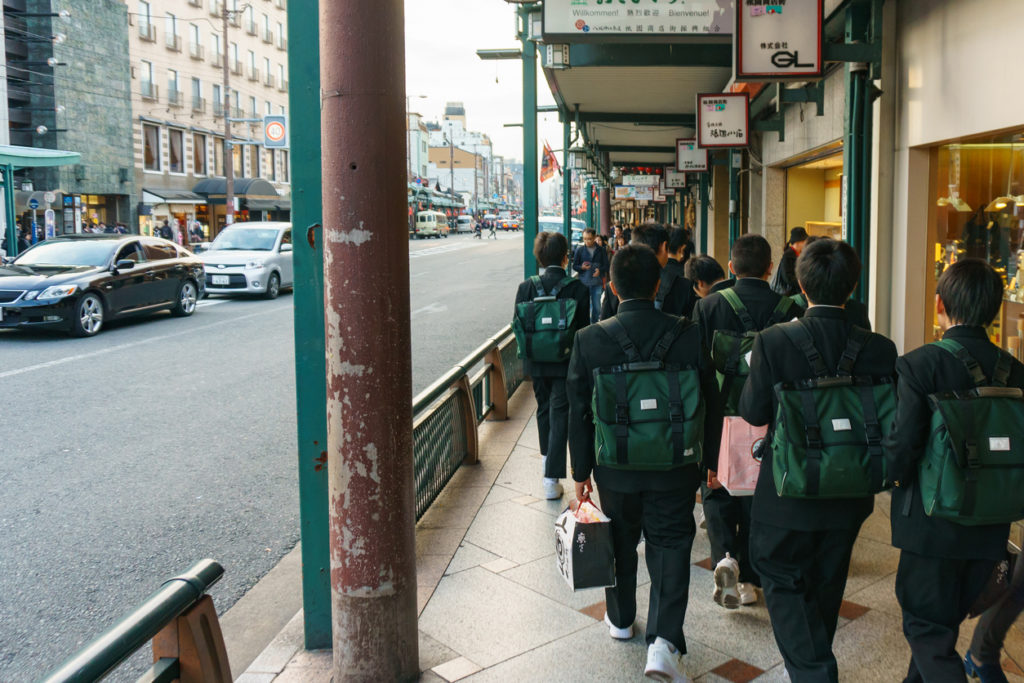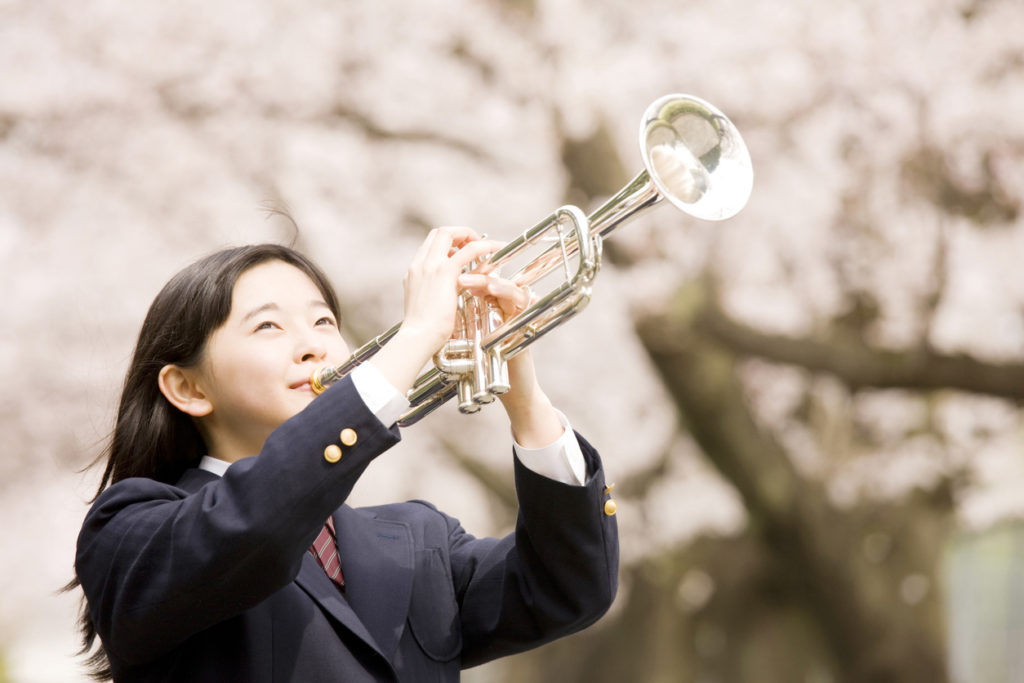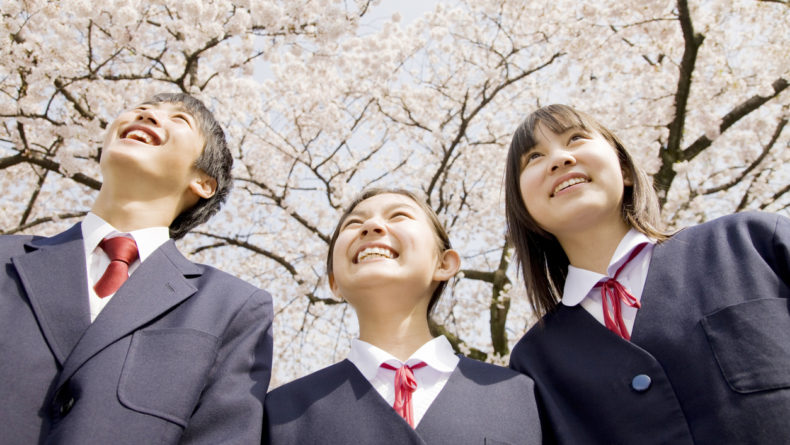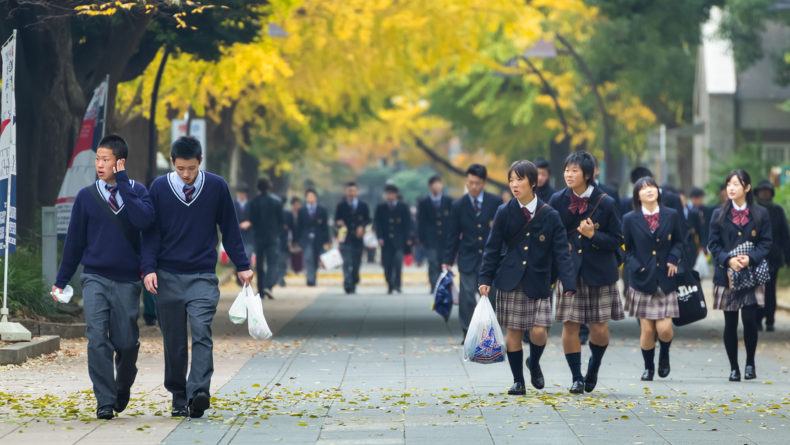Been There, Learnt That: The Ins And Outs Of Japanese School Clubs
Taking One For The Team
Japanese school clubs are a rite of passage — for children and parents alike.
Entering Japanese junior (and high) schools can be a confusing and anxious period, as school takes up more of our children’s time and attention. As foreign parents, we may worry that we are “losing” them to the mainstream Japanese society. Will there still be time for studying the minority language, or to take trips to our home countries? One of the biggest reasons for these anxieties is the ubiquitous school clubs (kurabu katsudo or bukatsu for short).

Blessing and a curse: The many faces of bukatsu
You could translate bukatsu as “after-school activities” but the term hardly does justice to the omnipresence of school clubs in young teens’ lives. Once the decision is made to join a certain club, it is expected that a child will stick with it until they “retire” in their final year to prepare for high school or university entrance exams. In Japan, there are no such things as seasonal sports —activities take place all year round.
School clubs may be seen as a junior version of corporate Japan, espousing such quintessential Japanese values as endurance and the ability to put the group before yourself. In fact, as Japan grew wealthier in the 1960s and 1970s, educators advocated school clubs—particularly sports—as a way to curb “delinquent behavior” and instill discipline in youngsters.
At their best, clubs offer a chance to forge friendships with students in other classes and grades, and to develop team spirit and self-discipline. At worst, however, they seem to eat into every moment of a child’s leisure hours, leaving precious little time for anything else beyond school, homework and meals.
School clubs may be seen as a junior version of corporate Japan.
Nia, a friend of mine, is grappling with the latter situation. Her 12-year-old son is in the soccer team at his public junior high. While she isn’t against the idea of clubs, Nia questions the value of spending so much time on one activity, as her son has practice both before and after school, and his weekends are packed with matches and practice games.
“We all know of Japanese men—and some women—who work so much they have no time for family, and don’t get to spend quality time with their children,” she says. “Bukatsu is a similar mindset. It’s all or nothing. You’re in or you’re out. Is it really worth it?”
Everything for the team: The dance club at Osaka’s Tomioka High School, a club famous for winning a number of dance competitions every year, shows off their latest performance.
From seventh grade, my own kids attended a private school. While joining a club was encouraged, the school had a fairly relaxed approach to the issue, and everybody took Sunday off. Never shy about stepping forward, my son tried to start an American football club to play “flag (non-tackle) football” and quickly gathered enough interested students.
To my son’s indignation, however, the principal soon nixed the nascent club, citing safety concerns. My son promptly found a regional team for boys his age from all over Tokyo, and joined that instead.
Bukatsu is […] all or nothing.
Since he was also active with Boy Scouts, I thought scouting and football would be more than enough for my active lad, but how wrong I was! He also decided to join the school basketball team, after ensuring it was OK for him to miss Monday and Saturday practices due to his other interests. Somehow, he juggled all these interests for the rest of junior high, even adding a stint performing on an educational TV show. Not a lot of studying took place during this period in his school career, but he did develop superb multi-tasking skills.
Cultural clubs aren’t necessarily easier on the kids
In general, non-sports or “cultural clubs” require less commitment. Kathryn’s daughter is a seventh grader at a private school and a keen girl scout. She joined the art club, as it only meets three times a week and never on weekends. This makes it possible to continue with scouting activities and family trips to the US in the summer.

“The beauty of the art club was that the openness of the schedule allowed for other opportunities, like joining the school council,” notes Kathryn.
Not all cultural clubs are as relaxed, however. School bands and choirs may rival sports teams in their level of commitment, as we found when my older daughter joined the choir after entering junior high. They practiced six days a week, including Saturday mornings, but my daughter was happy to commit. They also performed with handbells, making it a sort of “two-for-one” club, and there was a lot of interaction with the senior high division kids, who mentored their juniors. I had the bonus of seeing them perform on stage now and then.
Choosing not to join is an option
Some schools have strict rules about clubs, as my friend Tania found. Her son, now in high school, had to jump through a lot of hoops to get out of club activities at his public junior high. “Clubs are compulsory because it’s a small school and that’s the only way they can field teams. There are few options and the commitments are great,” Tania says.
It took months of negotiating with the school administration to get official permission for non-participation, and then only on the condition that Tania’s son “pretended” to be in the very laidback culture club.
“We knew from our elementary years that just joining a club and then not turning up was the way to avoid trouble, but I didn’t want to take that route. I wanted to at least try and show him how to negotiate for himself,” she points out.

Claire’s daughter, a talented dancer, chose to continue with her busy schedule of ballet lessons and performances upon starting junior high. Claire recalls that the school was fine with this: “I was little worried about the social side of not doing bukatsu, as teams tend to do everything together, even when not practicing, but it was never an issue in the end.”
Her daughter will graduate from high school this spring and Claire has some reassuring words about the college application process, too. “Ballet can be used in the same way as bukatsu for university application forms,” she says. “Doing anything for a long time shows dedication, perseverance and commitment.”
As you can see, experiences with club activities vary. If you have any concerns or you want to go a different route, as some of these families did, open communication with the school seems to be a key issue. Ultimately, which club to join—or not join, as the case may be—is up to your child, but talking about it as a family is important, since it will affect everyone’s schedule for the next few years.
My youngest followed in her sister’s footsteps at junior high and joined the choir. When she left for high school in New Zealand, however, she surprised us all by joining the school rowing club. Rowing is a big sport in my home country, and with a lake nearby, her school takes the sport very seriously. She has made the cut to go to the national school rowing competition next month, and practice is full on right now.
She is also juggling a part in the school musical, taking place in April, so her busy school schedule rivals that of her Japanese counterparts. Come May, the rowing season will end and she’ll have time to kick back for a bit…at least until the season for her other sport of lacrosse starts, anyway.
“Been There, Learnt That” is a monthly column in which Louise George Kittaka discusses various issues she went through when raising her three children in Japan. If you have any questions for Louise on a topic related to raising bicultural children in or out of Japan, send us an email at editorial@gplusmedia.com or leave us a comment. Louise will answer your questions in her next article.
















Leave a Reply